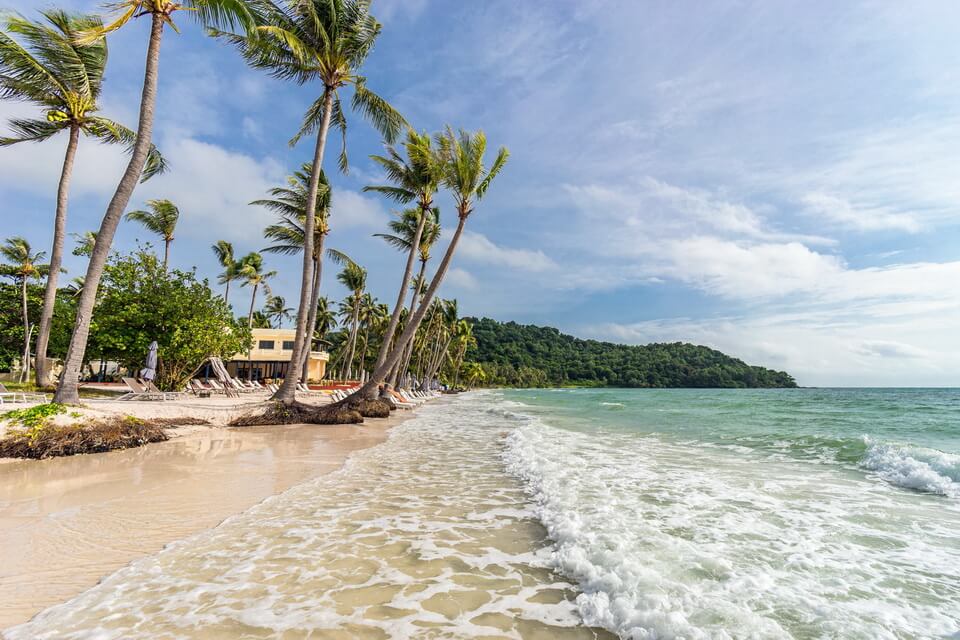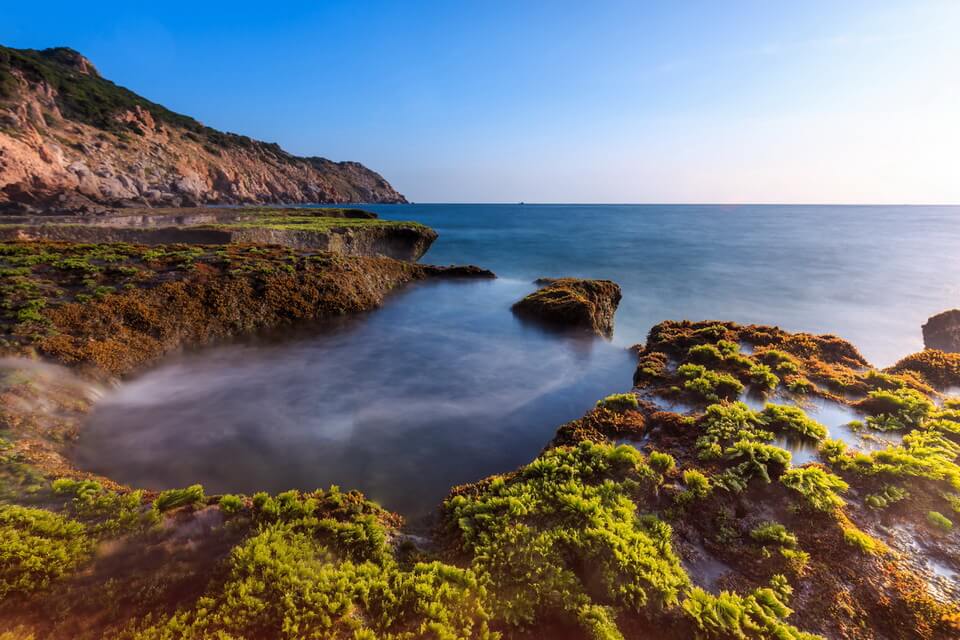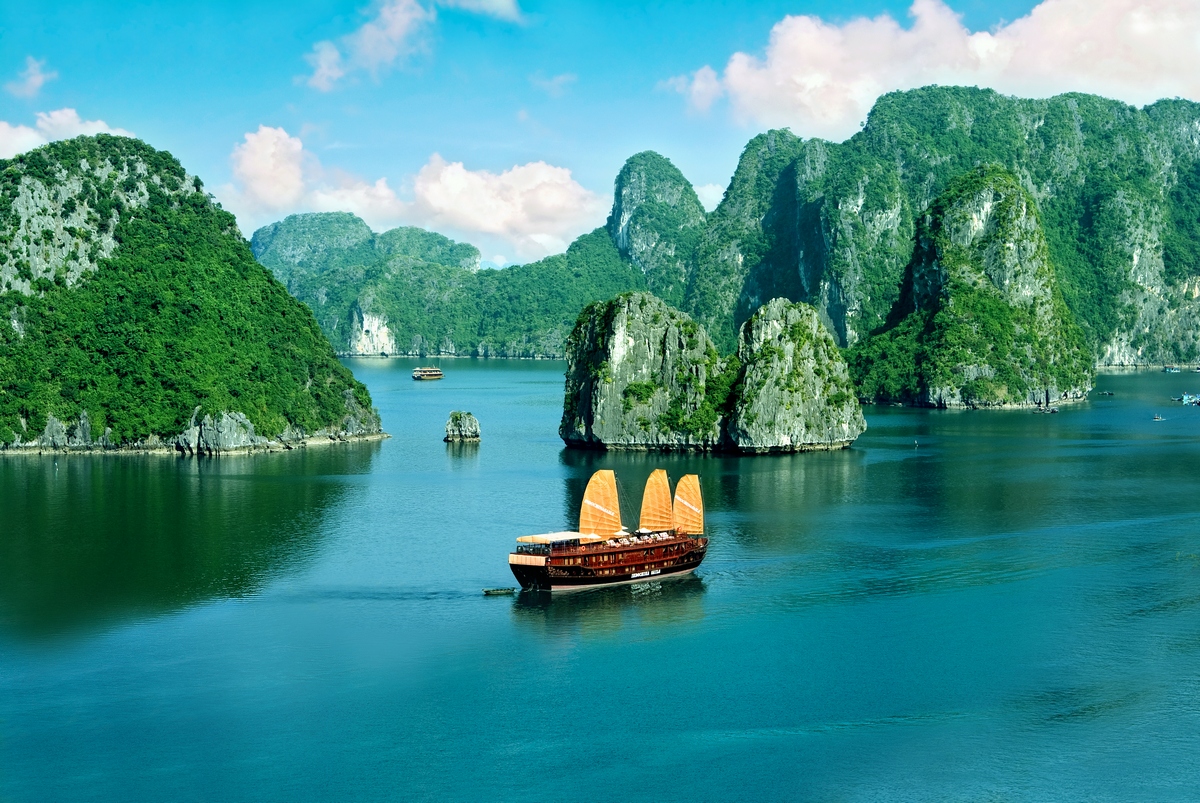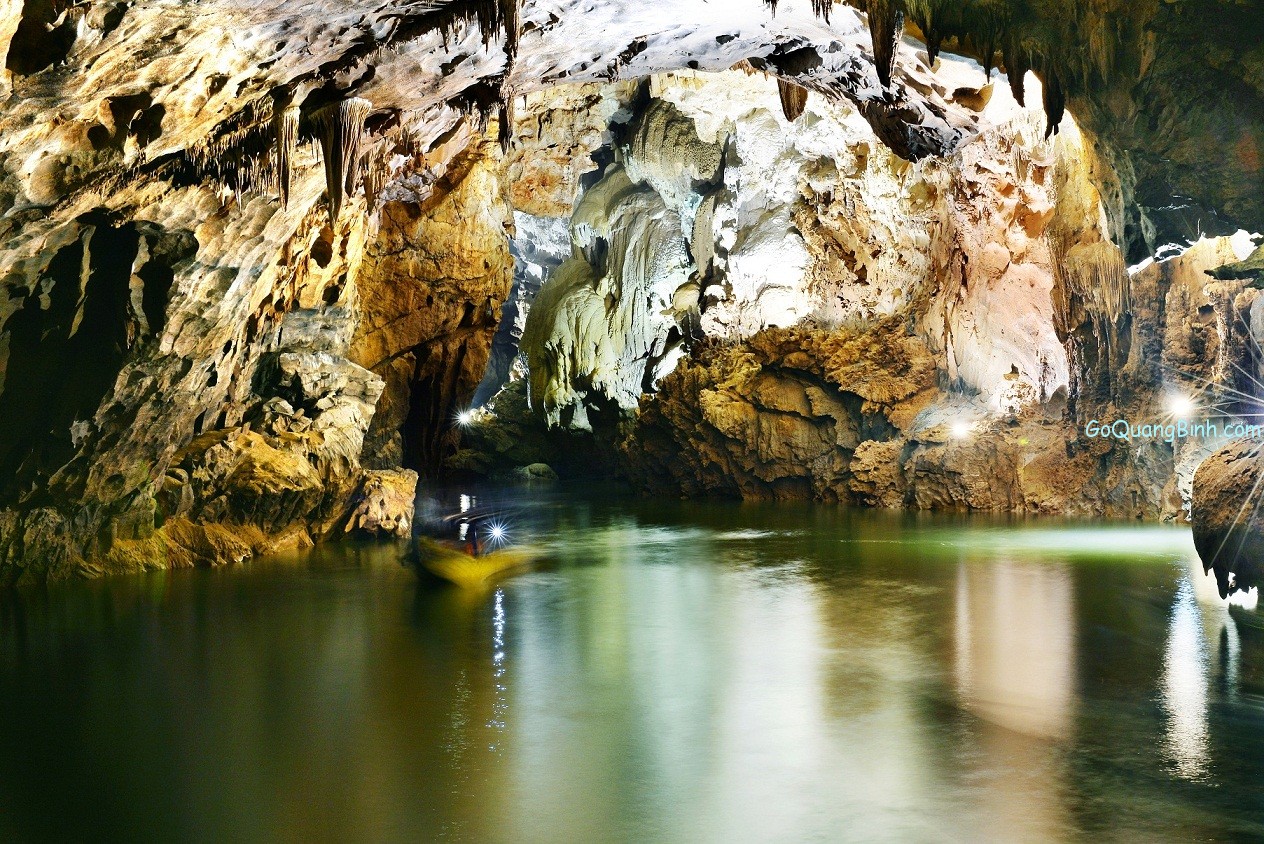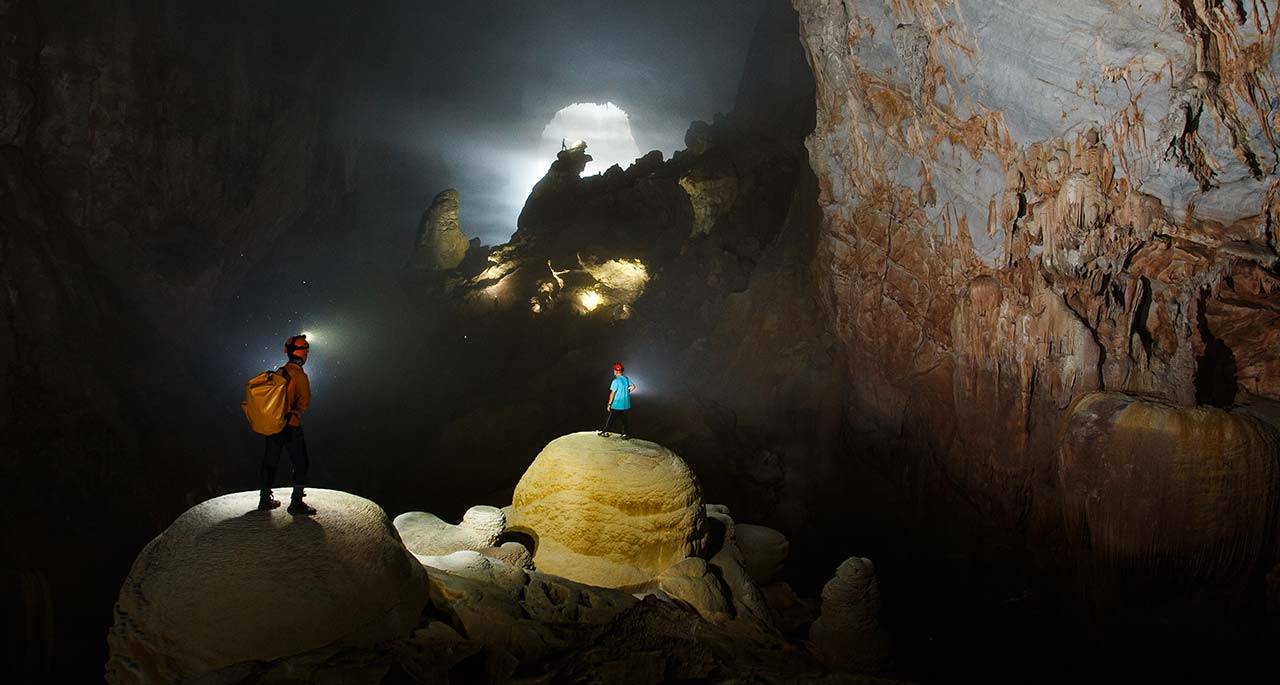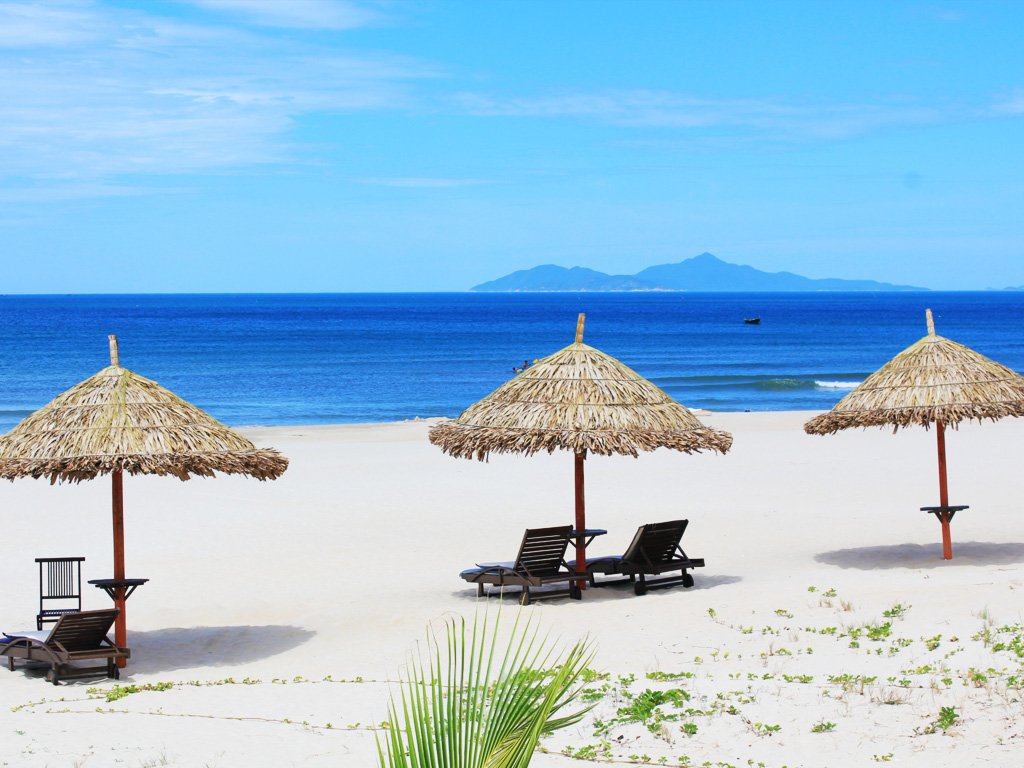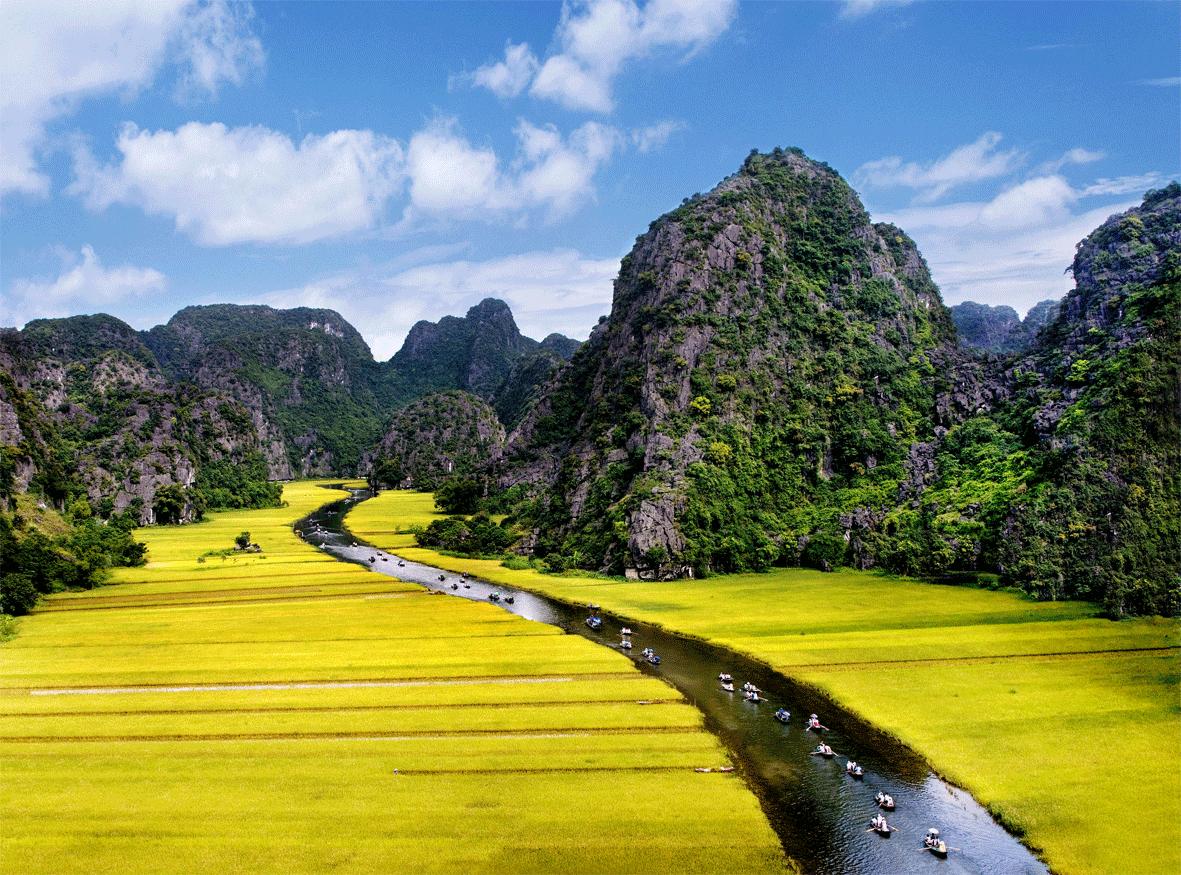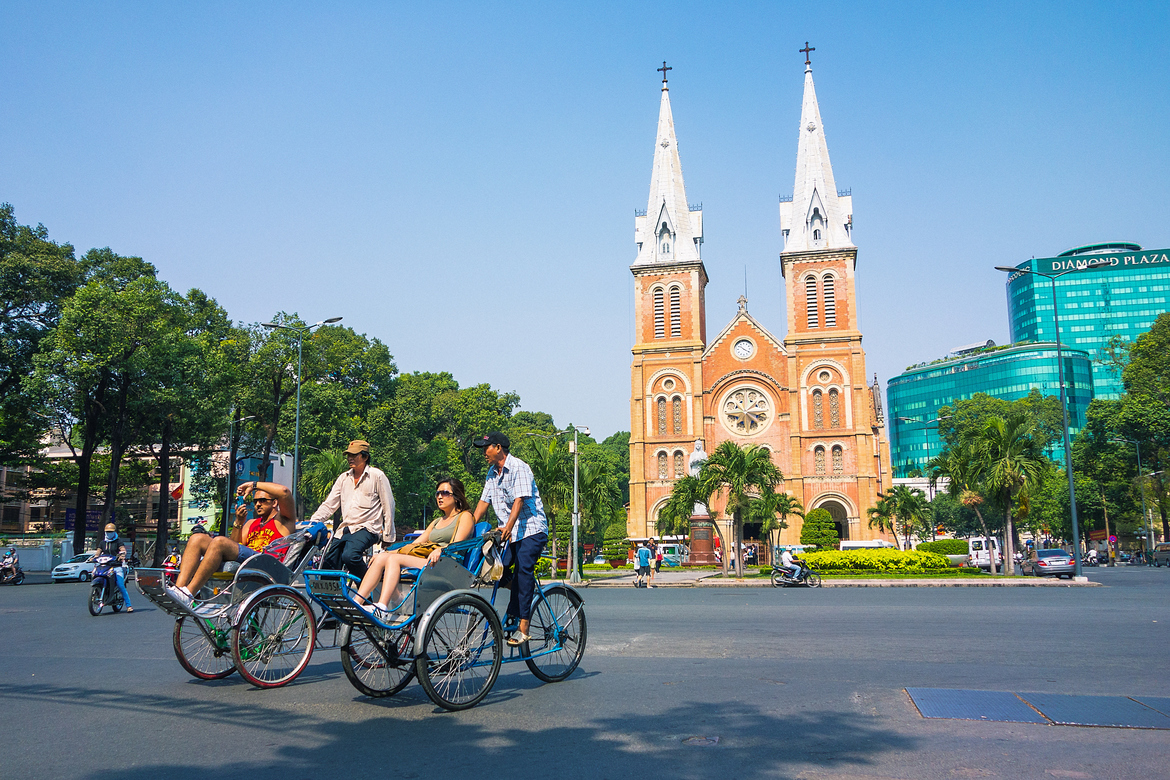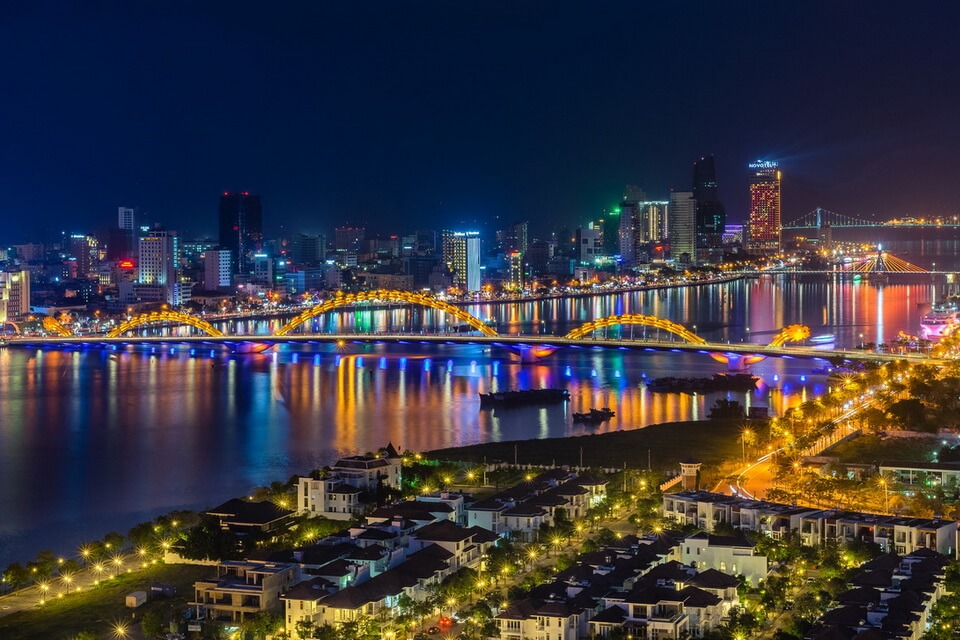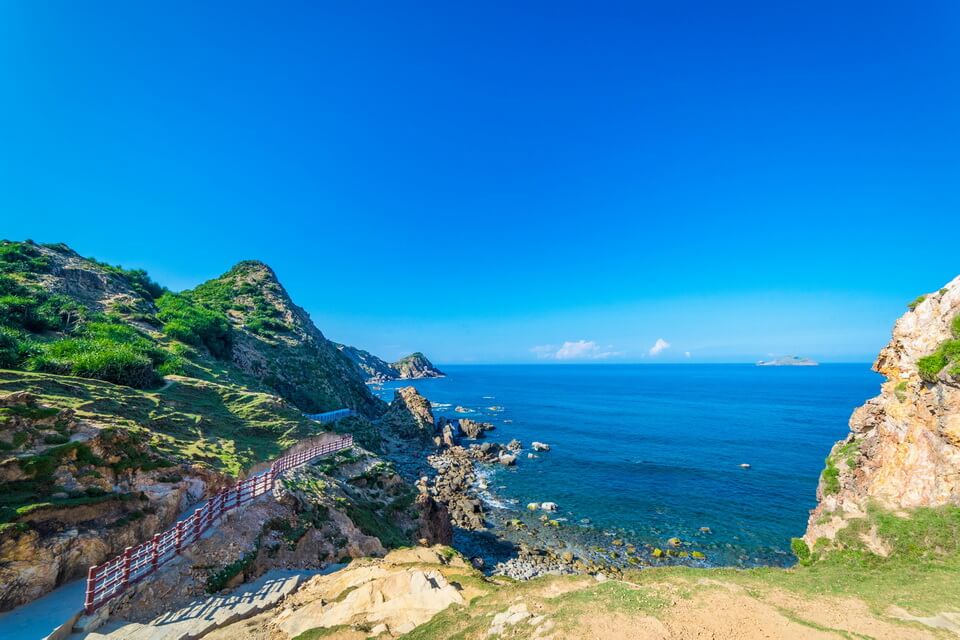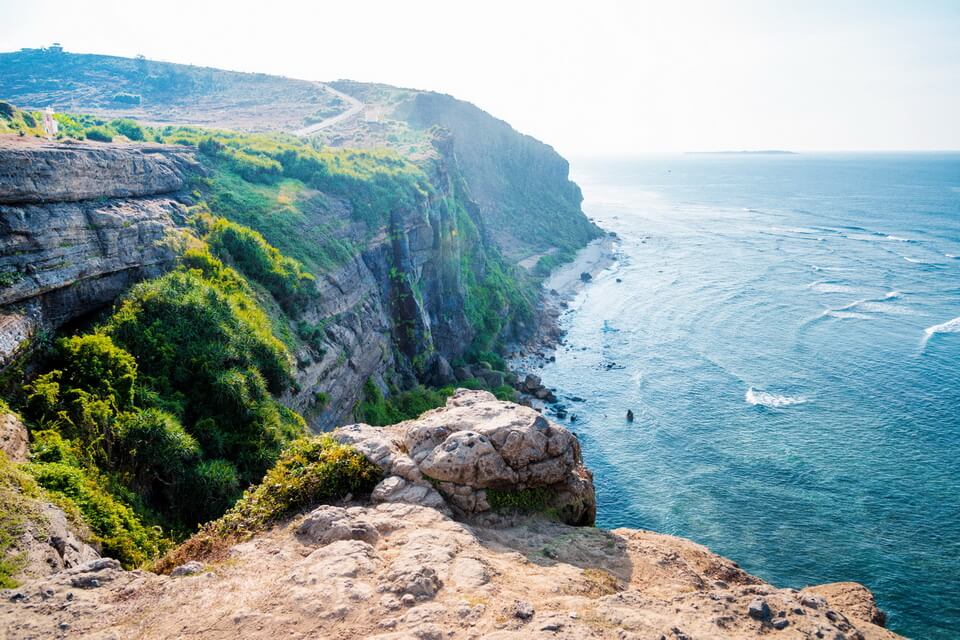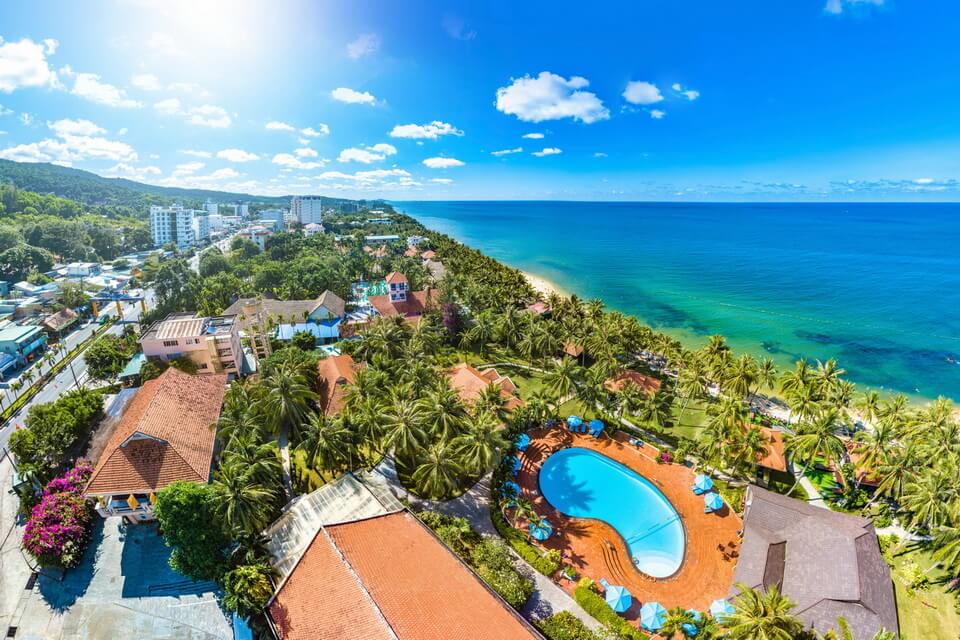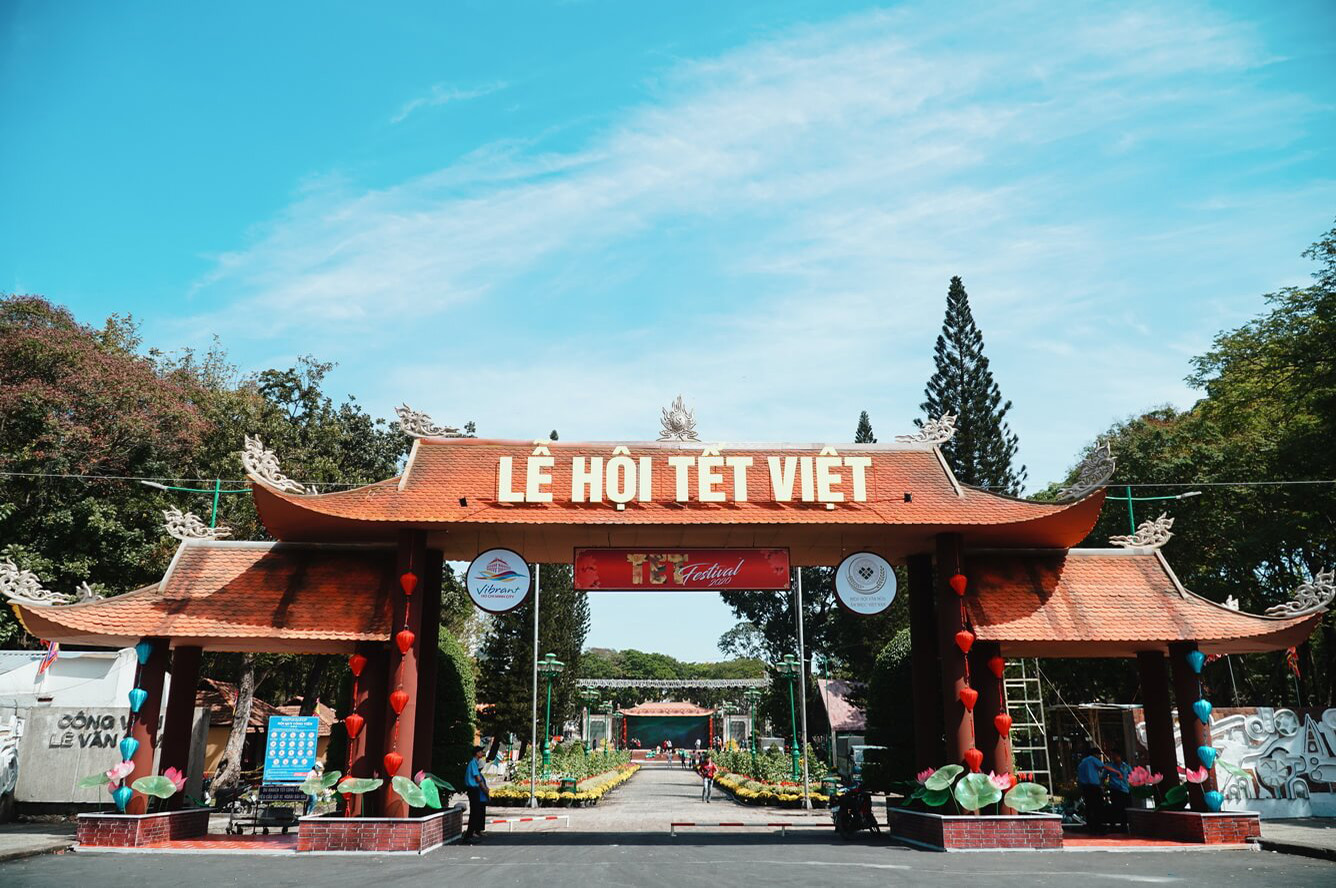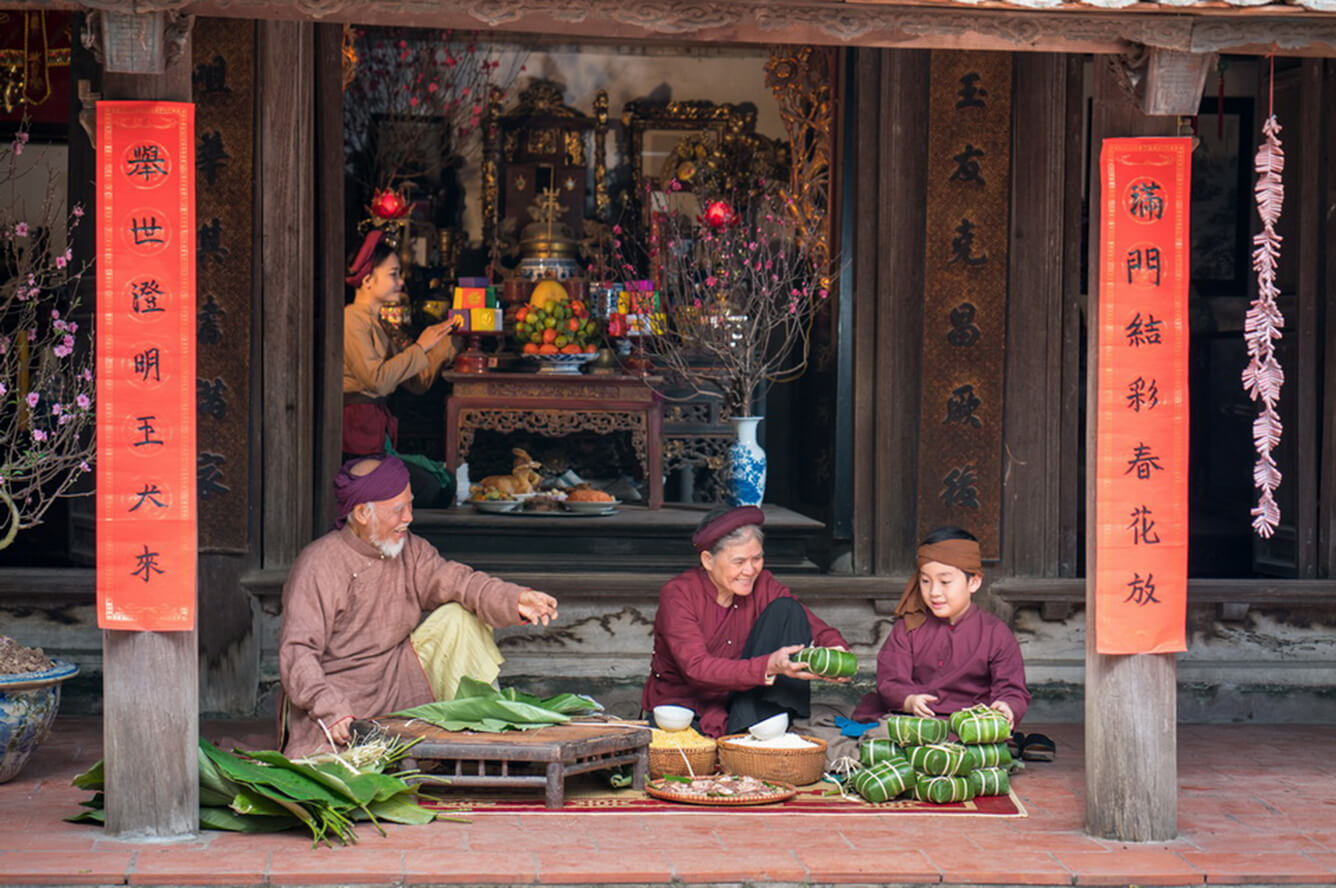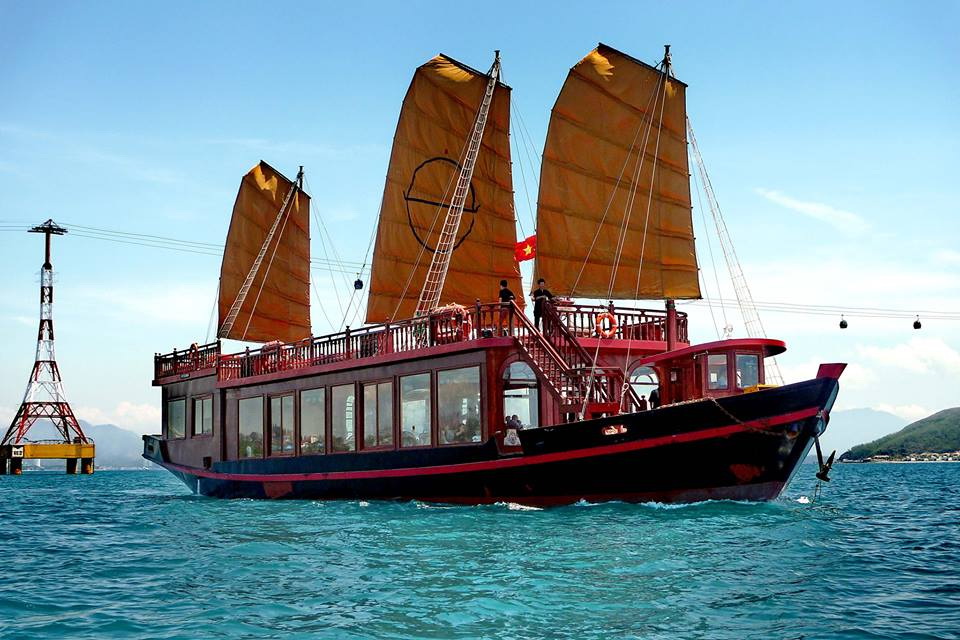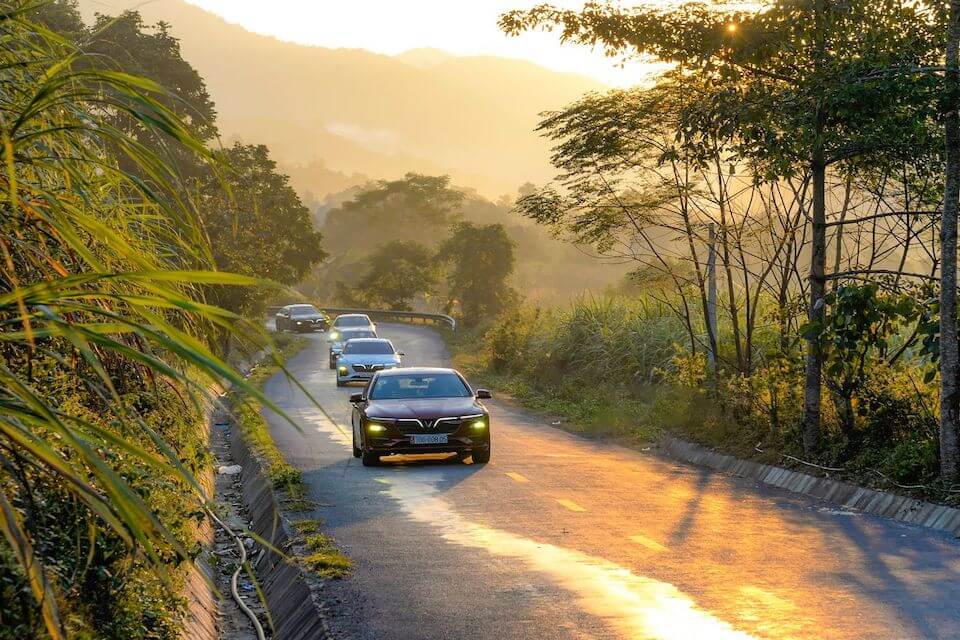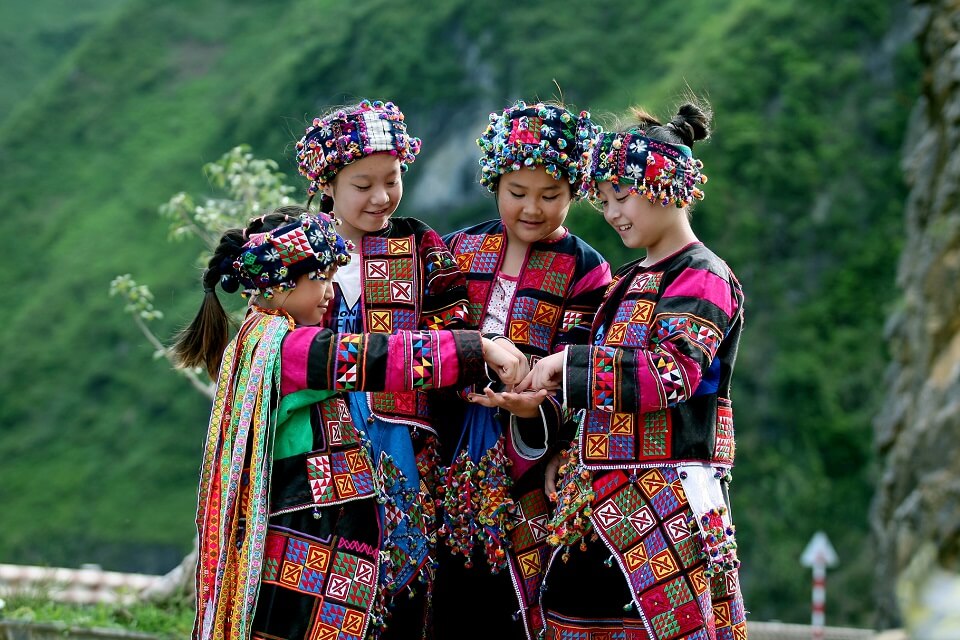Ha Long Bay
Ha Long Bay is situated in north Vietnam round a 120 kilometer long coast line and is literally translated as “Bay of Descending Dragons”. The top tourist attraction in Vietnam, Ha Long Bay features thousands of islands, each topped with thick jungle vegetation, forming a spectacular seascape of limestone pillars. Several of the islands are hollow, with enormous caves, others islands include lakes and some support floating villages of fishermen
Phong Nha Caves
Phong Nha-Ke Bang National Park boasts many attractions, but none is so popular as its caves. The Phong Nha Caves are made up of hundreds of cave systems, many of which are large enough to hold entire city blocks. The biggest, and most notable, is Hang Son Doong. A gateway to the caves is Son Trach, a growing village that is home to several transport links throughout Vietnam, local restaurants and meeting points for guided tours to the caves.
Hang Son Doong Cave
One of the largest caves in the world, and certainly the largest in Vietnam, is Hang Son Doong. Approximately three million years old, Hang Son Doong Cave is an incredible destination unlike anywhere else on the planet. The cave is enormous, and it is possible for dozens of people to camp within it at a time. Bright blue water pools are located in the cave, and a river runs through it. Lush greenery lines the walls, thanks to erosion that lets in beams of sunlight. The cave is ethereal, and guided tours are available to best explore this amazing landmark
My Khe Beach
The most scenic spot in Da Nang is arguably My Khe Beach. Also known as China Beach, this was where US servicemen were helicoptered in for R&R during the Vietnam War. These days people come here however for tis pristine white sand, blue water and sunny skies. Visitors can rent a lounge chair on the sand, relax in the shade under a thatched umbrella or rent a kayak from nearby vendors. Many hotels and cafes are within walking distance of My Khe Beach, making it a hub for visitors as well as locals in search of incredible views.
Con Dao Islands
Under French rule, the Con Dao Islands were known as the Devil’s Island of Indochina, a place where thousands of prisoners of war were kept. Today, this group of 16 islands off the southern coast of Vietnam has a completely different purpose. Visitors come for the beautiful beaches and the abundance of scuba diving and snorkeling spots. However, the history of Con Dao can still be explored at some of the prison buildings that still stand.
Tam Coc
In the Ninh Binh province of Northern Vietnam is Tam Coc, which translates to English as three caves. The three caves are nestled in a scenic landscape of limestone cliffs and rice paddies, and the river winds through the region. The caves are called Hang Cả, Hang Hai, and Hang Ba, and they serve as the area’s main attraction. Guided boat tours take you to the caves and along the Ngo Dong River, which is often dotted with floating vendors capitalizing on the tourist trade.
Saigon Notre Dame Cathedral
In Ho Chi Minh City, or Saigon, stands the stunning Notre Dame Cathedral. Built in the late 19th century, the cathedral is brick, neo-Romanesque and clearly influenced by European architecture of the same time period. In fact, many of the materials used in construction were imported directly from France. While the exterior is impressive, the interior is also worth exploring. Look for the surviving stained glass panels as well as carved tiles and a statue of the Virgin Mary.
Source Touropia

